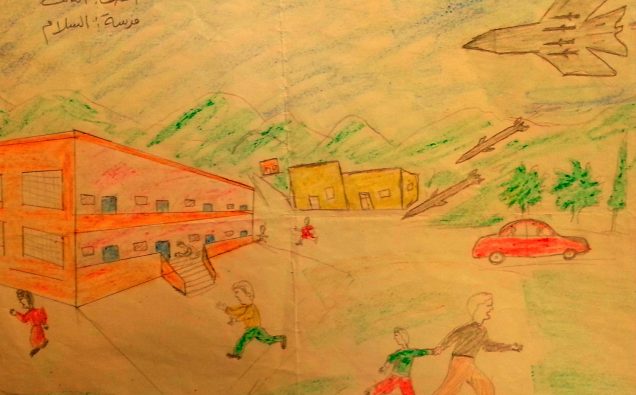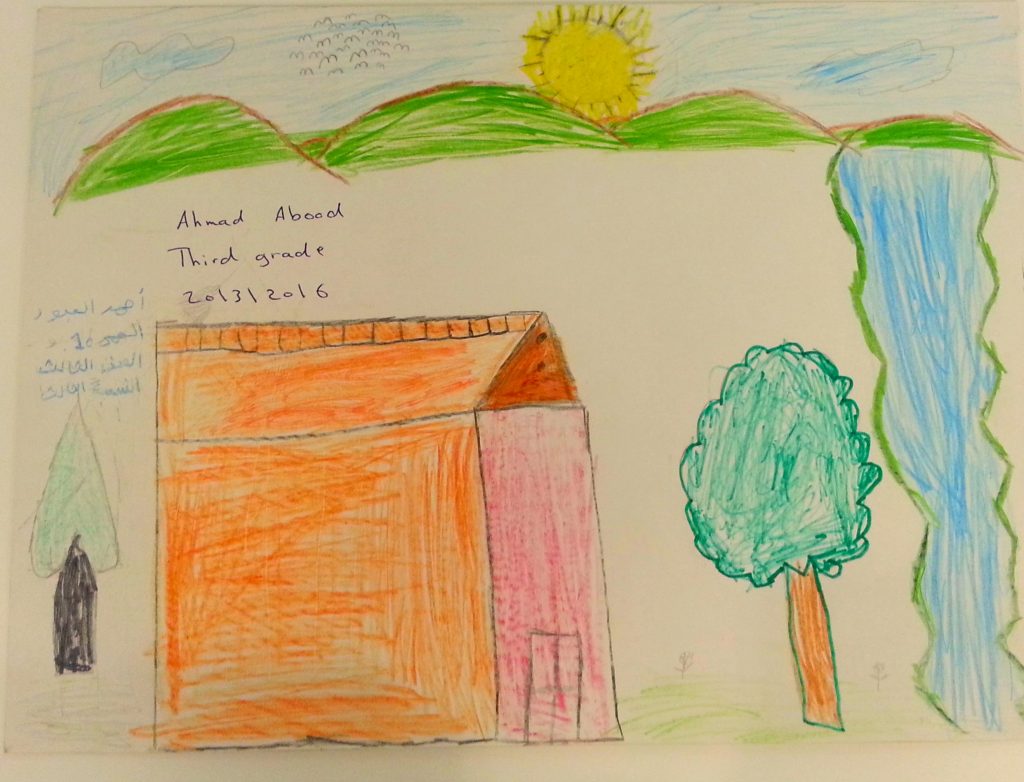
A generation of Syrian children maimed, tens of thousands killed as the five-year long conflict rages on in the last remaining streets of Aleppo.
Schools, hospitals, houses destroyed, leaving deep imprints of excruciating moments of loss on the minds and souls of the young survivors.
How to cope with the heartbreaking catastrophe and help heal the children, who have lived through the horrors of war unfolding in their homes and schools?
For Walid Hafez, a Syrian immigrant living in Virginia, healthcare and education are the unmissable priorities to spread hope and prepare children for a much better future, where the terror of war may never revisit.
The donations that Hafez took to Syria have helped build Alsalam Elementary School, using local labor and materials. The school in a suburb of Idlib is saving precious time of about 500 girls and boys in their formative years.
On Saturday, Free-Syria, a foundation dedicated to restoring equality and education, and Hafez’s Aid All Syrians organized an event to raise funds with sale of paintings drawn by children of Alsalam Elementarry school, and food prepared by newly arrived Syrian immigrants in the metro area.
“The proceeds from the sale of each of these drawings for $100 will finance education for one student each for the next year,” Hafez told Views and News at St. Thomas Episcopal Church which hosted the event in McLean Virginia.
He thanked diverse communities of DMV area including organizations like Montgomery County Muslim Foundation (MCMF) for their support. Tufail Ahmad, a Pakistani American leader, and head of the MCMF also attended the event, as people bought drawings to express their support for the Syrian kids having access to an education.
The pictures said it all in realistic ways, as they showed what children saw in the skies above their heads and the devastation on ground.
Some of the drawings sketched out painful details of how aerial bombings robbed people of normal lives. But in the midst of paintings, some also expressed the younger generation’s hopes for a turnaround and a bright future, when sun will lit days and its light will replace the darkening skies.
Back in Syria, things look gloomy as citizens remain cut off from essential life-saving supplies and Russia and Syrian regims continue to bomb populated areas in Aleppo, the ancient town at the end of the fabled Silk Road.
According to the United Nations, more than 250,000 Syrians have been killed, while other estimates say the Syrian killing fields have devoured close to half a million people over the past five years. Millions have been forced to leave their homes and become refugees. An unknown number of people have died crossing the sea in rickety boats from Turkey across to the greener pastures of Europe.
But the doomsday scenarios have not deterred people like Hafez from carrying out their humanitarian and futuristic missions to help the Syrian children. Hafez has been walking into the Syrian conflagration with aid – and a message of hope – regularly over the past five years.
He has seen fighting among multiple players including the Assad regime and rebels, militant group ISIS – that grew out of the Iraq war ruins – and Hezbollah, regional sectarian players Iran and Saudi Arabia and disparate campaigns by major powers push Syria further into an abyss of uncertainty, with city after city turning into ruins.
While Syrian diaspora is doing all it can to help their people besieged by the multilayered conflict back in their country of origin, within Syria it is the courageous teams of White Helmets that are saving lives from the debris of blown up buildings.
But is the world doing enough to rescue Syrians from further troubles? The answer, by all measures, sounds in the negative. While nobody can turn the clock back and retrieve the lost souls, world capitals can still salvage life for those who have survived.














